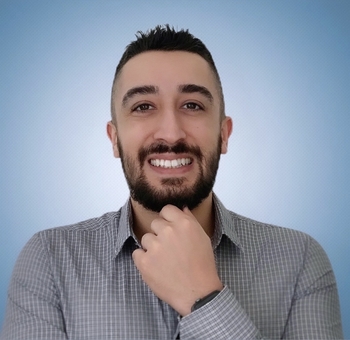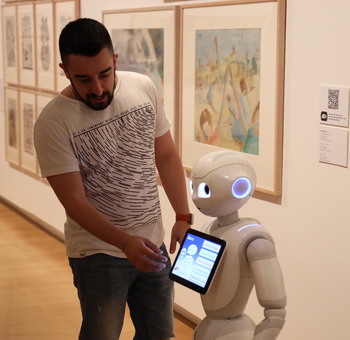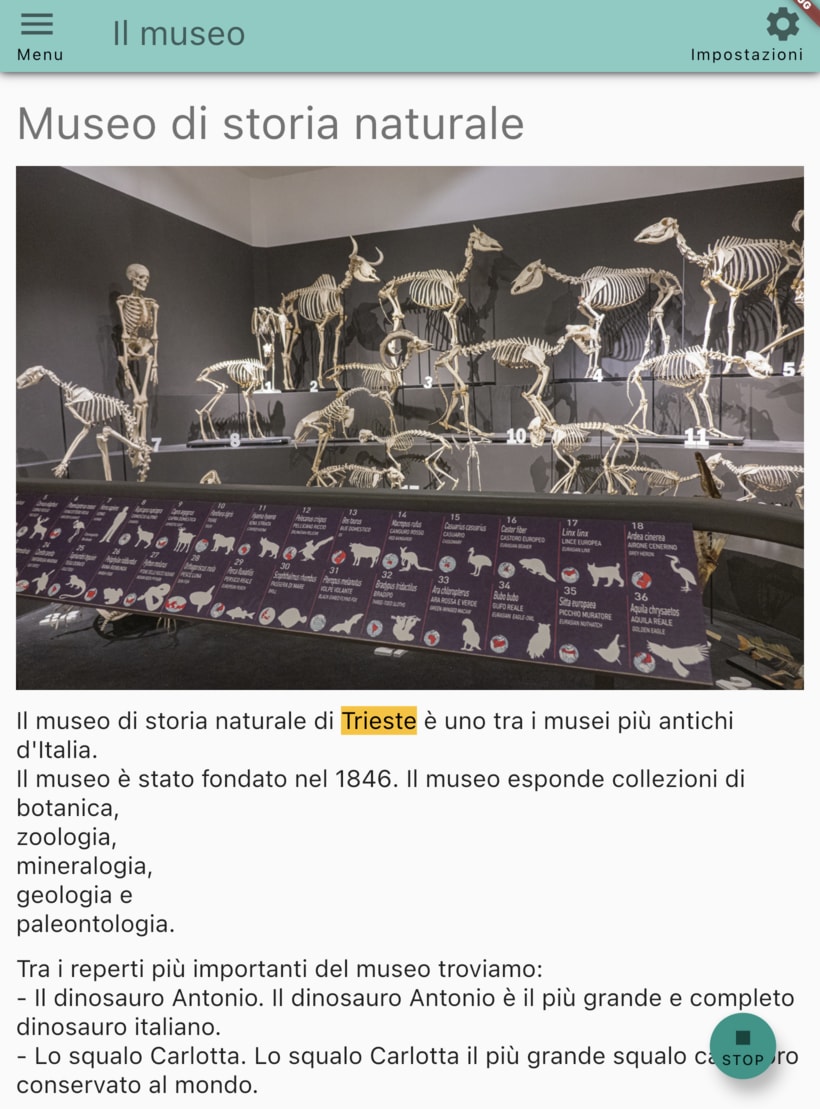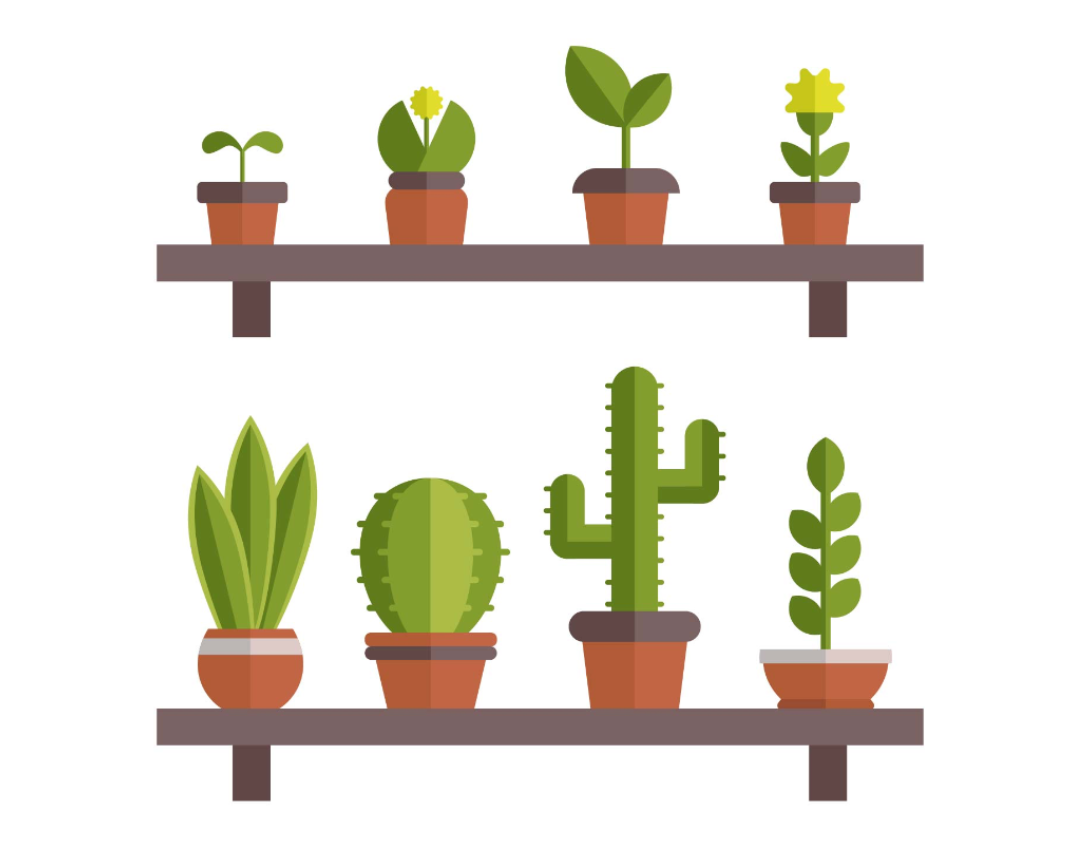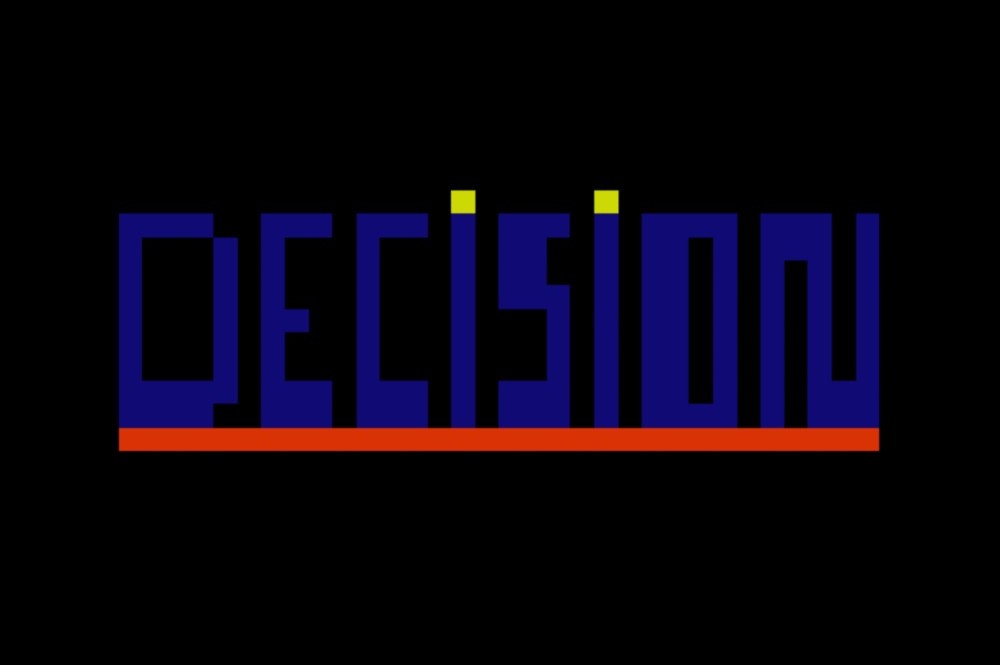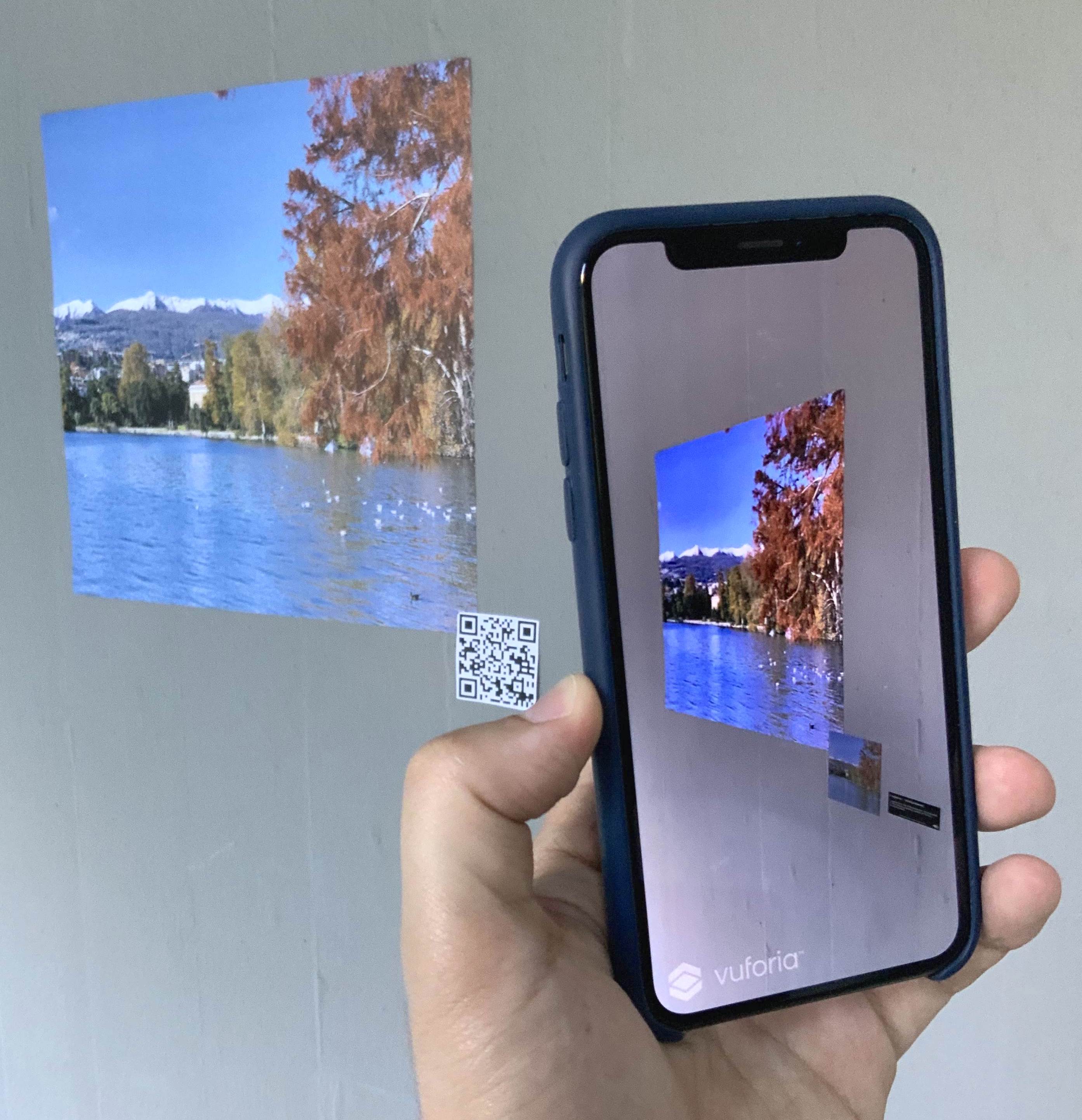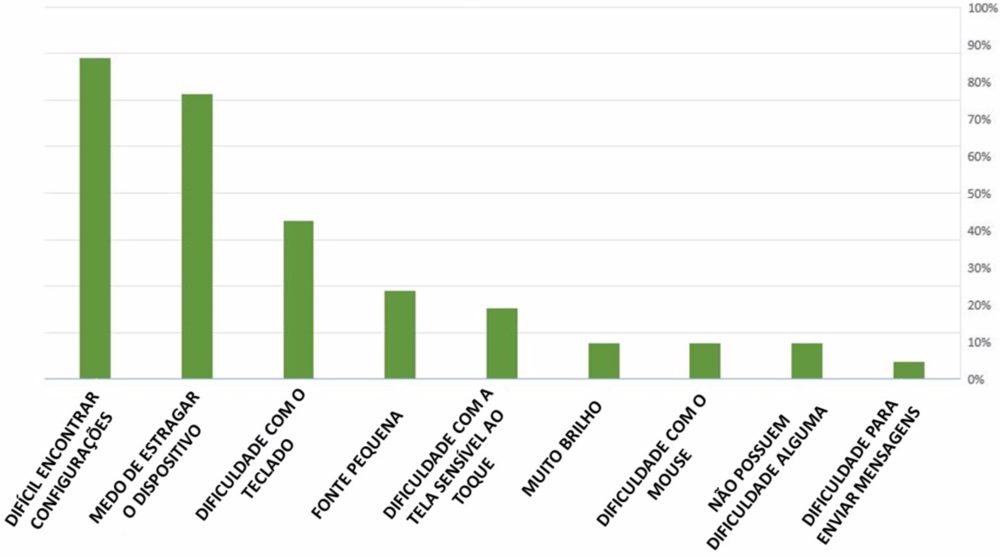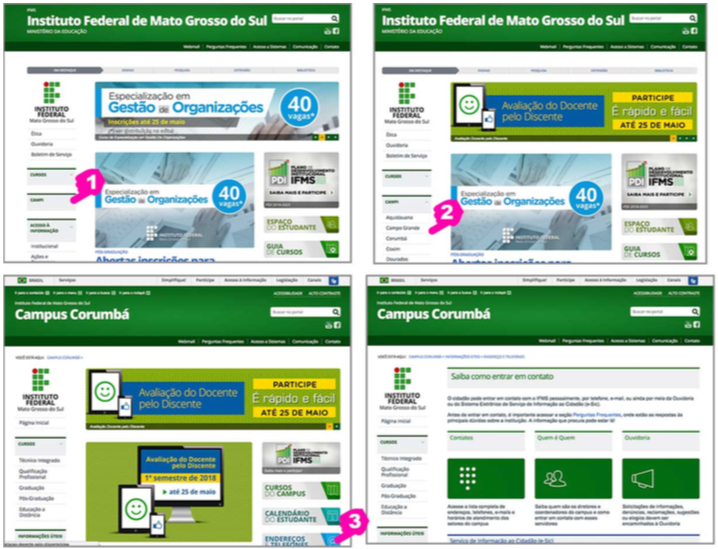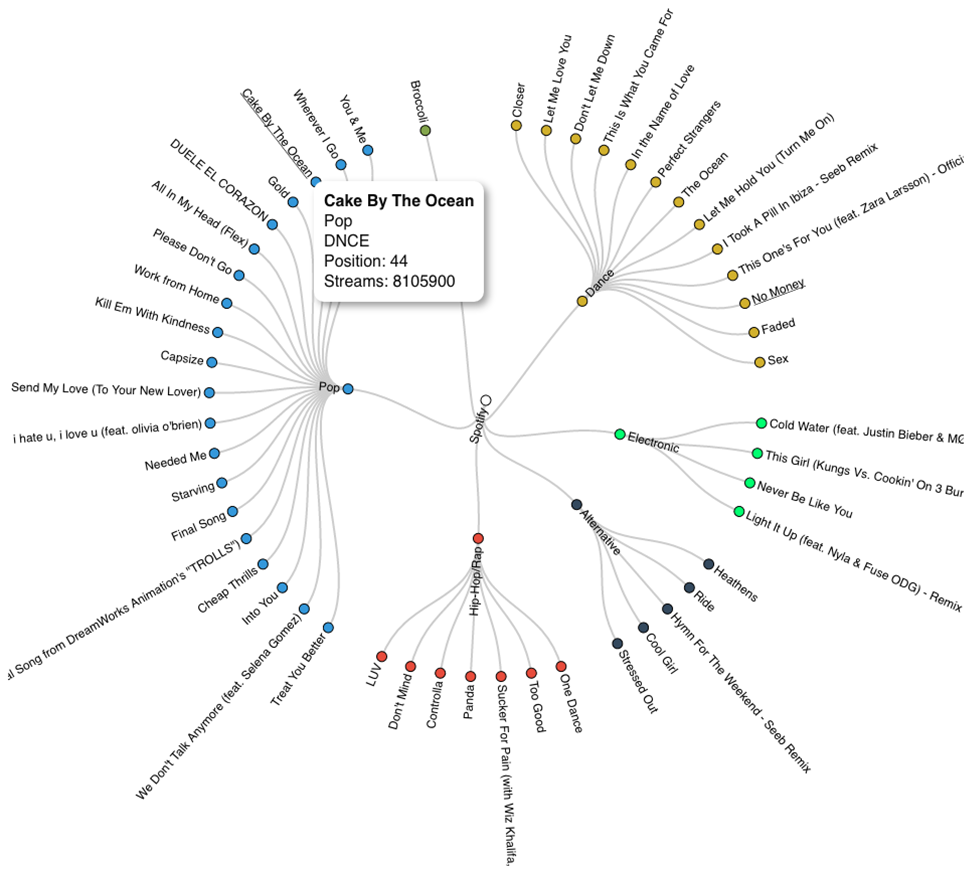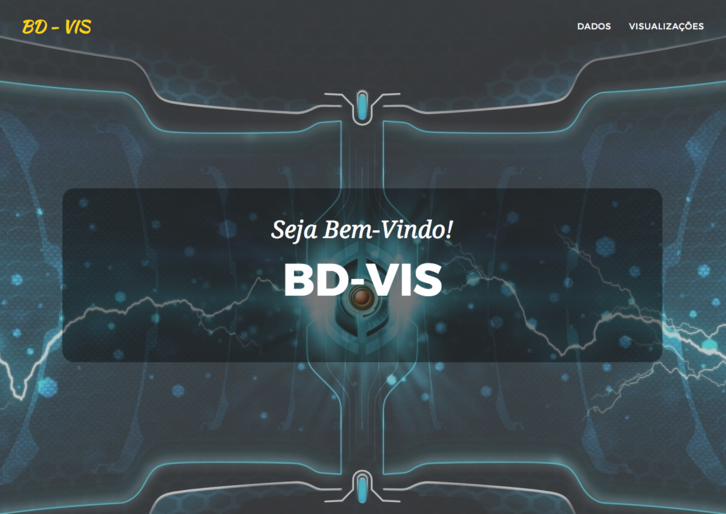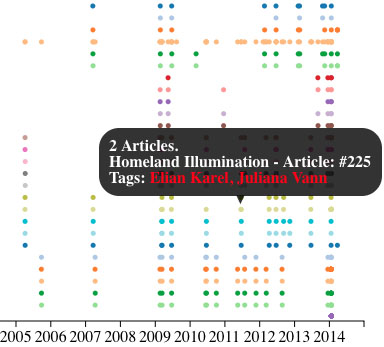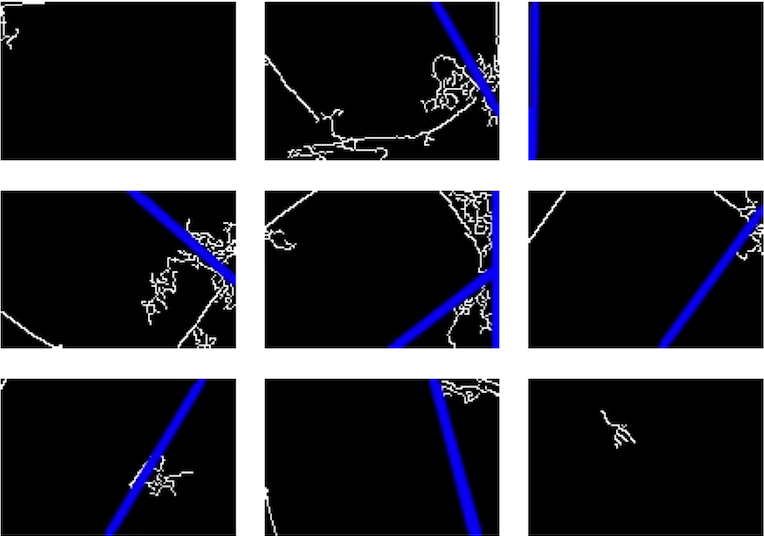ABOUT ME
Education
Ph.D. in Informatics
🇨🇭 USI - Università della Svizzera Italiana - Switzerland (2019 - 2024)
Laboratory of User eXperience, Interaction and Accessibility (LUXIA)
Top 250 University at QS Ranking (2022)
Download my Doctoral Dissertation | Advisor: Prof. Dr. Monica Landoni
Doctoral Mobility
🇦🇺 QUT - Queensland University of Technology - Australia (2023 - 2023)
Design Participation Lab
Top 200 University at QS Ranking (2024)
Advisor: Prof. Dr. Laurianne Sitbon
M.Sc. in Computer Science
🇧🇷 UFRGS - Federal University of Rio Grande do Sul - Brazil (2014 - 2016)
Graphics, Visualization and Interaction Lab
Top 500 University at QS Ranking (2017)
Course History | Final Grade: A
Advisor: Prof. Dr. Carla Dal Sasso Freitas
B.Sc. in Computer Science
🇧🇷 UFPEL - Federal University of Pelotas - Brazil (2008 - 2013)
Top 1000 University at Times Higher Education Ranking (2020)
Digital Image Processing
Advisor: Prof. Dr. Marilton Sanchotene de Aguiar
Exchange Program
🇵🇹 U.Porto - Porto University - Portugal (2010 - 2011)
Top 300 University at QS Ranking (2015)
Human-Computer Interaction
Prof. Dr. Miguel Coimbra & Prof. Dr. Verónica Orvalho
Experiences
🏴 Visiting Researcher - University of Strathclyde (2023 - 2023) - Scotland
- Digital Health and iSchool research groups
- Talk: Rethinking Museums and Accessible Technoogy with People with Intellectual Disabilities
🇦🇺 Visiting Researcher - Queensland University of Technology (QUT) (2023 - 2023) - Australia
- SNSF Doctoral Mobility Funding
- Talk: Designing Accessible Solutions With and For People with Intellectual Disabilities
- Research with accessibility and social robots, artificial intelligence, and public displays
🇦🇺 Research Collaboration - QUT Art Museum (2023 - 2023) - Australia
- Museum Research Sessions
🇦🇺 Research Collaboration - Endeavour Foundation (2023 - 2023) - Australia
- Museum Outings
- Research Sessions
🇯🇵 Visiting Researcher - Miraikan Accessibility Lab (2023 - 2023) - Japan
- Accessibility Report
- Talk: Designing Accessible Solutions With and For People with Intellectual Disabilities
🇦🇺 Visiting Researcher - Monash University (2023 - 2023) - Australia
- Research with accessibility, creative fashion and electronic making
🇦🇺 Research Collaboration - Wallara Foundation (2023 - 2023) - Australia
- Research Sessions
🇺🇸 Visiting Researcher - New York University (NYU) (2022 - 2022) - USA
- Ability Project
- Access and Assistive Technology in Historic Sites and Museums
🇮🇹 Research Collaboration - Anffas (2021 - 2022) - Italy
- Research - SNSF Project Funding
🇮🇹 Research Collaboration - Trieste Natural Science Museum (2021 - 2022) - Italy
- Museum Research Sessions
🇨🇭 Research Collaboration - Attgabes (2020 - 2021) - Switzerland
- Research - SNSF Project Funding
🇨🇭 Research Collaboration - Lugano Arte e Cultura (2020 - 2021) - Switzerland
- Museum Research Sessions
🇨🇭 Ph.D. Candidate & Researcher - USI (2019 - Now) - Switzerland
- SNSF Ph.D. Project
- Co-adivising Undergraduate and Master's students
- Research sessions with local and international participants
- User Experience Design (TA)
- Software Atelier 2: Human-Computer Interaction (TA)
- Experimentation & Evaluation (TA)
- Software Atelier 4: Software Engineering Project (TA)
🇧🇷 Informatics Assistant Professor - IFMS (2017 - Now) - Brazil
- Computational Logic
- Introduction to Algorithms
- Requirements Management and Systems Modeling
- Human-Computer Interaction
- Research Methods in Computer Science
- Final Research Project II
- Introduction to Informatics
- Integrated Management System
- Software Engineering
- Advisor in projects
🇧🇷 Researcher - UFF (2017 - 2017) - Brazil
- Two months CAPES Scholarship
🇧🇷 Informatics Lecturer - IFSUL (2015 - 2017) - Brazil
- Operating Systems
- Algorithms & Data Structures
- Management and Entrepreneurship in Computer Science
- Database
- Computer Networks
- Advisor in 2 projects - 4 students
🇧🇷 Researcher - UFRGS (2014 - 2016) - Brazil
- CNPq Scholarship
- Project with NEXO/AES SUL
🇧🇷 Researcher - UFPEL (2012 - 2013) - Brazil
- Image Processing
🇧🇷 Database Management - ALM/UFPEL (2012) - Brazil
🇧🇷 Teaching Assistant - UFPEL (2011) - Brazil
- Algorithms & Data Structures
🇵🇹 Exchange Program - Researcher - University of Porto (2010 - 2011) - Portugal
🇧🇷 Software/Hardware Maintenance - UFPEL (2009 - 2010) - Brazil
Links
> Researchgate
> Google Scholar
> Linkedin
> Lattes Curriculum (Portuguese)
